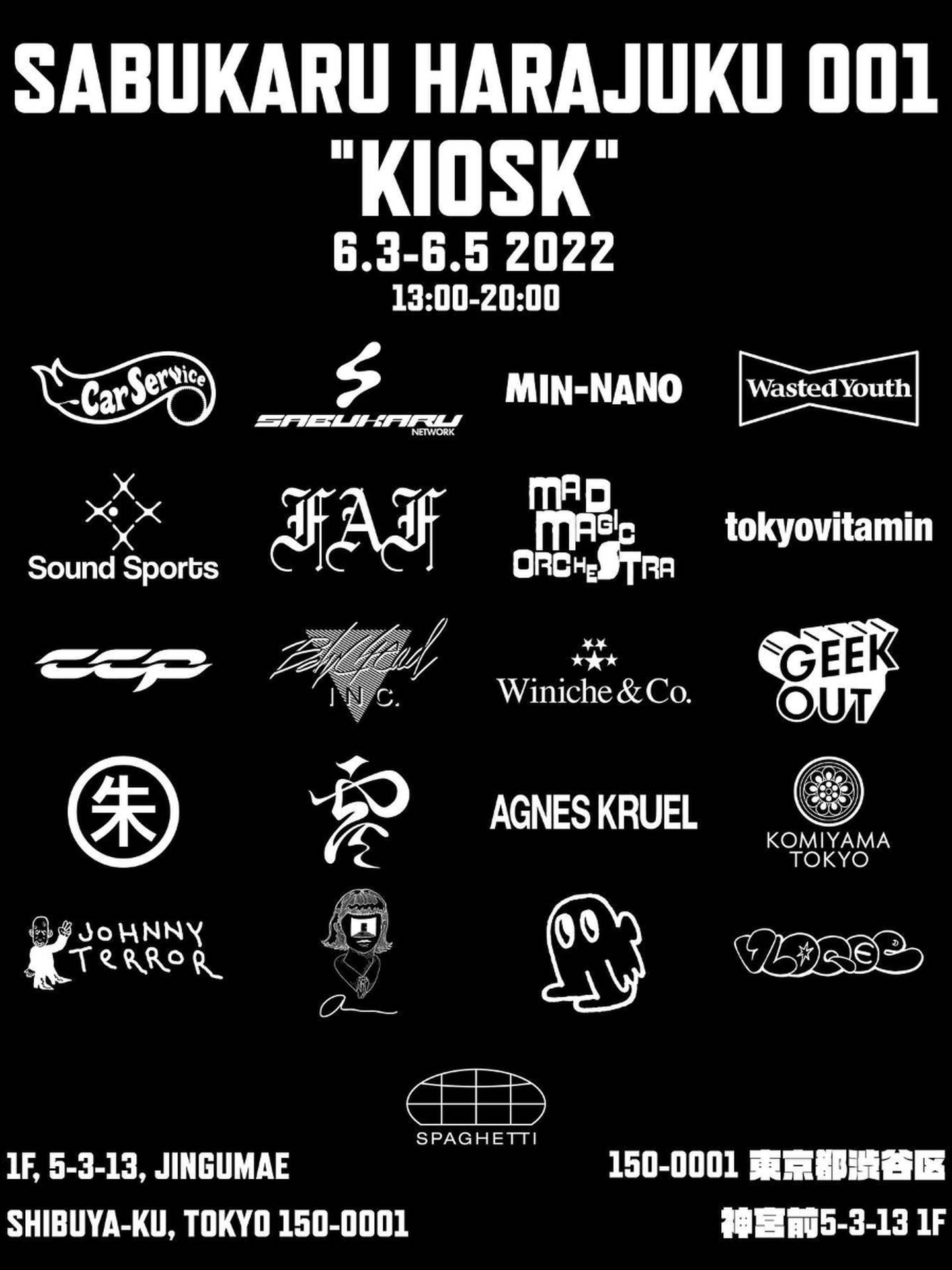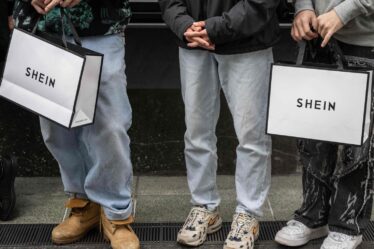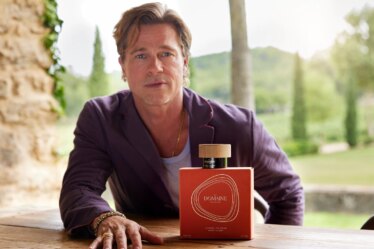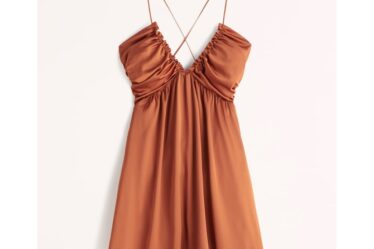
In July, Mr Porter took over an edgy bar on New York’s Lower East side to celebrate the launch of its newest capsule collection. Super fans drove for hours for the event, which by the end of the night had spilled out into a block party.
Mr Porter’s buzzy collaborators? Not the creative team of a luxury brand, but Lawrence Schlossman and James Harris, co-hosts of the cult menswear podcast Throwing Fits. The 70-piece collection — which included merch, footwear, technical outerwear and casualwear — was co-designed by the pair with an assortment of emerging brands they handpicked.
The collaboration is one of many recent partnerships between big fashion players and niche interest groups like podcasts, menswear mood board pages, or nerdy digital publications. Such tie-ups, which can range from product drops to longer-term working relationships on marketing campaigns and consultancy services, are becoming increasingly common as brands look to tap into engaged and culturally influential communities to drive both sales and hype.
“These deals are low risk, high reward for brands,” said Chris Black, a menswear and culture specialist who consults for brands like Thom Browne, New Balance and Stüssy through his agency, Done to Death Projects. “If the community is big and engaged enough and you can sell 10,000 pairs of sneakers to avid fans of an Instagram page, then it doesn’t even matter if it’s not picked up by regular consumers or mentioned in the press.”
In April, New Balance released a new colourway of its 2002R sneaker, in collaboration with The Basement, a UK-based digital community (and frequent Nike collaborator) which operates a 143,000-strong closed Facebook group dedicated to discussing all things fashion, streetwear and youth culture. In August, Nike and Ambush tapped Sabukaru — a digital publication spotlighting Japan’s creative subcultures — to facilitate a campaign and launch event for a sneaker collaboration between the two brands.
Elsewhere, menswear mood board JJJJound released a sellout footwear tie-up with Asics in August. Puma has also tapped the platform’s founder, Justin Saunders, for an upcoming sneaker collaboration. Homecoming, a UK-based cultural platform which promotes the West African creative scene, has in recent months created exclusive capsules with the likes of Patta, Stüssy, Off-White and Ambush for sale online and at the organisation’s annual festival in Lagos, Nigeria.
“Over the last two or three months, we really saw things going crazy in this space,” said Adrian Bianco, founder of Tokyo-based Sabukaru. The digital magazine, which has almost 150,000 Instagram followers, has grown from a small blog with 3,000 readers eight years ago and has a long-running collaborative relationship with revered Japanese streetwear brand Verdy.
It’s a trend that serves as an antidote to mega-brand label swaps, offering a direct line to engage with culturally influential communities in new and organic ways. For instance, Mr Porter’s tie-up with Throwing Fits plugged straight into the show’s 250,000 monthly listeners and 100,000 Instagram followers.
“We were talking about it on the show for weeks leading up to it — people were fucking hyped,” said Harris. “It allowed Mr Porter to market a collaboration in a way that it never could have done before.”
Shifting Balance of Power
The emerging partnerships require a new kind of approach, with the balance of power shifting away from big brands.
Instead, they are ceding agency to dictate the look and feel of projects to their new collaborators, whose youth culture insights, die-hard online communities and cultural cachet have empowered them to call the shots when big brands come knocking.
Throwing Fits’ founders were clear in initial discussions with Mr Porter that they would only agree to a collaboration that spoke to their sizeable community’s interests, and reflected exactly what the podcast was about, rather than being “a quick cash grab deal,” Schlossman told BoF.
“For us we needed to feel that Mr Porter backed our taste and understood what our community is about: unbridled enthusiasm for the segment of menswear that we are mouthpieces for on the show,” said Schlossman.
The pair were given full control over the types of clothing and merch they created and carte blanche to handpick the brands they wanted to be part of the capsule. The final selection included brands like Japanese menswear label Beams and minimalist made-to-measure casualwear label Stòffa.
Mr Porter’s role was limited to placing wholesale buys for the collections, promoting the collaboration on its website and social media and funding activations like the New York launch party in July.
This approach paid dividends for both parties, according to the Throwing Fits founders — generating sales — and hype — which exceeded expectations “with extremely robust sell through rates” from within both the podcast’s listenership and among consumers in general, said Harris.
A Question of Values
The rising stable of influential platforms also aren’t afraid to say no; if a proposed collaboration won’t resonate with a platform’s audience, it’s a non-starter. “We say no to about 70 percent of these brands who now knock on our door asking for collaborations,” said Bianco of Sabukaru.
“It’s very important that brands don’t just drop some money and dictate what end product they want, because then we just create what they want and they put our name on it and then our audience doesn’t like it,” Bianco said.
Often, this kind of insight is part of what brands are looking for in such collaborations, which are also used to signpost support for causes and communities they want to associate with. That, plus social media, is also helping re-balance brand-partner relationships.
“The playing field is now a little more equal,” said Black of Done to Death Projects, who added that the bargaining power of smaller collaborating parties is so much stronger because of the ability to mobilise their youthful and engaged fans to either endorse or reject a certain brand or product, if it doesn’t resonate with the platform’s values.
For example, instead of (or as well as) investing in a high-budget marketing campaign to tell consumers what to think, Nike invests money into a working relationship with a group like The Basement, whose core missions are youth empowerment and the promotion of underrepresented creatives — causes which benefit the Nike brand by association.
“Any big brand can buy an audience, but you really have to build a community — that’s the value that our platform has: a genuine community,” said Alex Williams, co-founder of The Basement.



